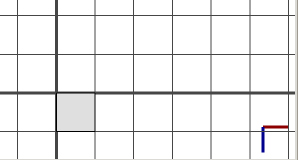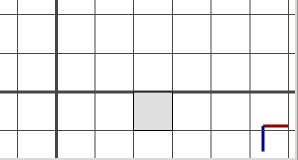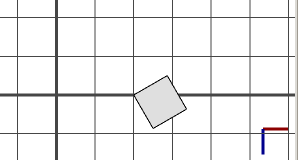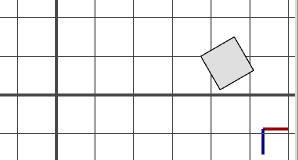Syntax
- t (tx, ty, tz)
Parameters
- tx—floatAmount to translate in the x direction.
- ty—floatAmount to translate in the y direction.
- tz—floatAmount to translate in the z direction.
Description
The t operation translates the scope by the vector (tx, ty, tz), i.e. the vector is added to scope.t. If the scope rotation is non-zero, then the passed translation vector is rotated around the pivot first, with angles (scope.rx, scope.ry, scope.rz). In other words, the translation is relative to the scope axes.
The relative operator ' permits a convenient notation relative to the scope size: t('tx,0,0) is equivalent to t(tx*scope.sx, 0, 0).
Note: t(x,y,z) is the same as translate(rel, scope, x, y, z).
Related
Examples
Translate - rotation concatenation
This is the initial shape we start with. |  |
First a translation of two units along the x-axis. |  |
Then a rotation of 30 degrees around the y-axis. |  |
And another translation of 2 units along the x-axis.
|  |